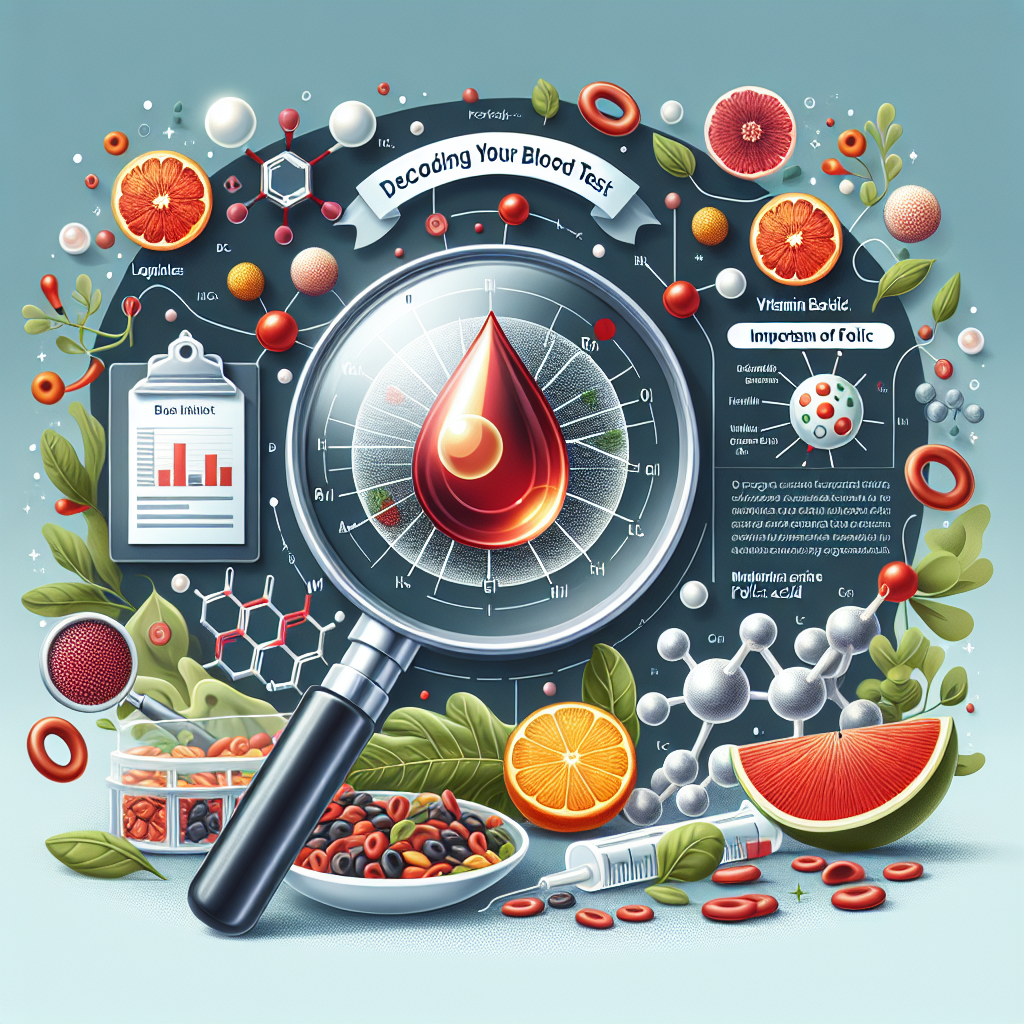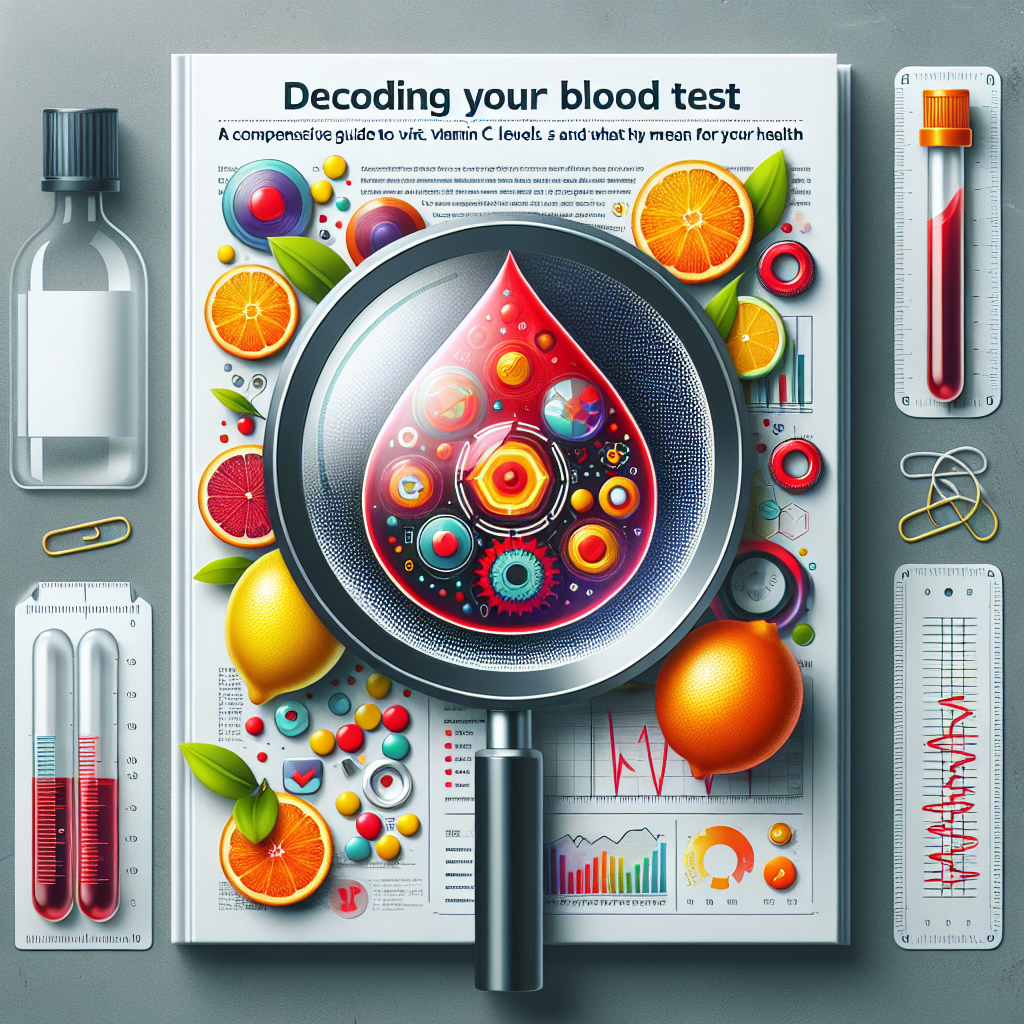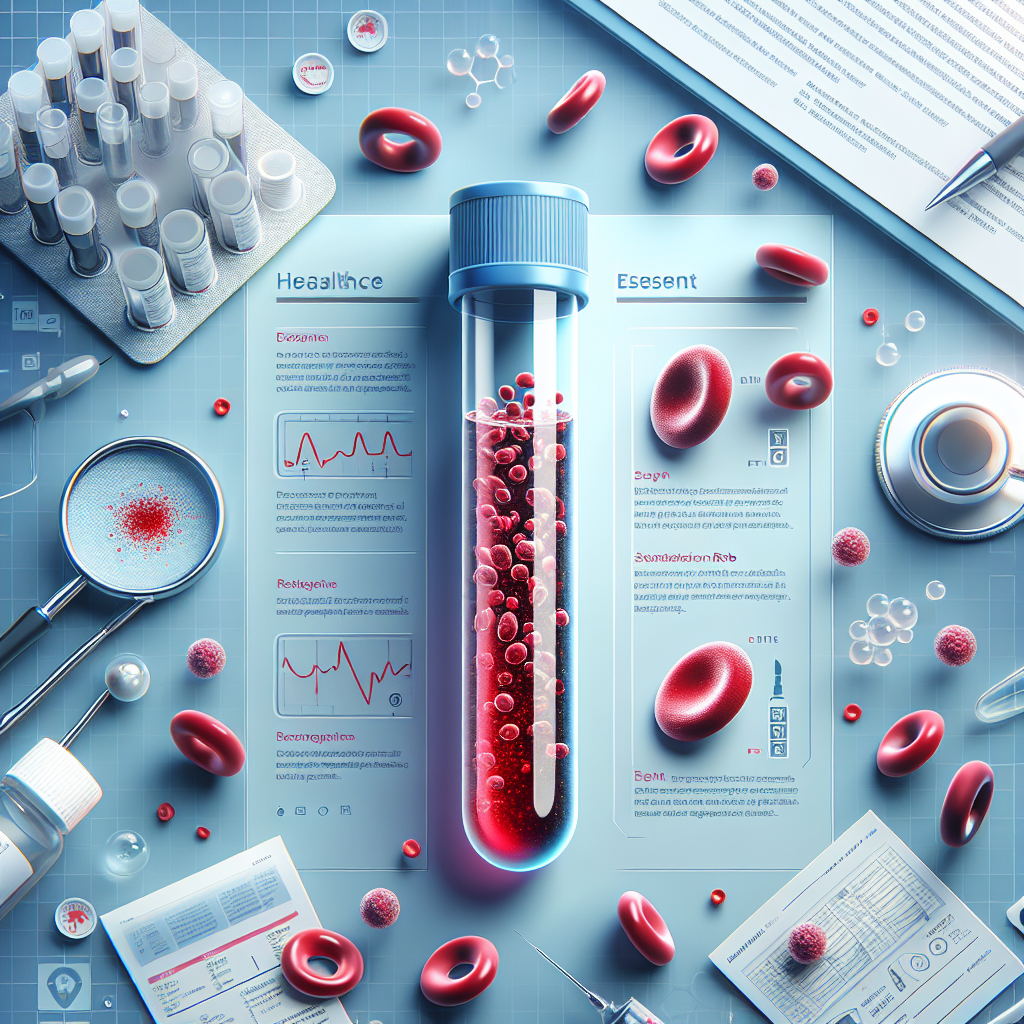When you receive blood test results, it’s common to have questions. One abbreviation that may stand out to you is “SAA,” particularly if it appears outside the normal reference range. Gaining clarity on what this result signifies is essential to managing the situation with composure.
This guide is designed to explain the significance of Serum Amyloid A (SAA). By understanding this marker, you’ll be better equipped to engage with your healthcare provider and take an active role in your health journey. This is not about self-diagnosis, but rather about comprehending the signals your body is sending.
What is Serum Amyloid A (SAA)?
Serum Amyloid A, abbreviated as SAA, is a protein synthesized by the liver in response to inflammation. It falls within the class of acute-phase proteins, meaning its levels can spike quickly when the body undergoes stress, such as from an infection or injury.
Under normal circumstances, SAA concentrations are low. However, when inflammation arises, the liver releases SAA in significant amounts, acting as a signal to alert the immune system.
This protein has multiple critical functions. Notably, it assists in transporting cholesterol from inflamed tissues back to the liver for excretion. Additionally, it aids in drawing immune cells to the site of inflammation and supports tissue repair. Therefore, healthcare providers often assess SAA levels to gauge the extent of acute inflammation or to track chronic disease progression.
Why is this marker important to monitor?
SAA is interconnected with the functions of your immune and cardiovascular systems. Keeping an eye on this marker can yield valuable insights into your overall health.
The role of SAA in chronic diseases
Chronic elevations in SAA levels often indicate low-grade, ongoing inflammation. This type of “silent” inflammation can gradually lead to the onset of various diseases, such as atherosclerosis, which is linked to cardiovascular issues.
Moreover, in cases of chronic inflammatory diseases like rheumatoid arthritis, sustained high levels of SAA could result in a rare, serious condition known as secondary AA amyloidosis. In this situation, SAA protein fragments accumulate in organs (including the kidneys or heart) and disrupt their function.
Silent inflammation: a risk to identify
Some individuals may experience high SAA levels without any obvious symptoms, a phenomenon referred to as “silent inflammation.” This can pose a risk factor for several illnesses, detectable through a simple blood test.
Identifying an unusual rise in SAA levels allows for proactive intervention. Further testing can unveil underlying conditions at an early stage, enabling timely management and enhancing long-term outcomes.
How to read and understand your analysis results?
Your laboratory report typically displays your results alongside reference values. Here’s an example:
SERUM AMYLOID A PROTEIN (SAA)
-
- Result: 25 mg/L
-
- Reference values: < 10 mg/L
An asterisk or color code often indicates an abnormal result. Reference values are based on data from healthy populations but may differ slightly between laboratories.
Mini-checklist for analyzing your SAA result
-
- Identify your value and its unit (typically mg/L).
-
- Compare it to the reference value provided by the laboratory.
-
- Evaluate the difference: For instance, a result of 15 mg/L indicates a slight elevation, while above 100 mg/L signifies considerable inflammation.
-
- Check other inflammatory markers, such as CRP or ESR, if they were assessed.
-
- Review your previous analyses to track changes over time.
A single mildly elevated result shouldn’t cause undue alarm, but it is important to discuss it with your healthcare provider, who will interpret it in the broader context of your health.
What conditions can be associated with a variation in SAA?
SAA levels can fluctuate for numerous reasons, and their interpretation is always influenced by the clinical context.
Elevated SAA levels: frequent causes
-
- Acute infections (bacterial or viral): This is the most common reason for an increase. SAA can surge dramatically within 24 to 48 hours, often presenting with symptoms like fever, fatigue, and pain.
-
- Chronic inflammatory diseases: Conditions such as rheumatoid arthritis, Crohn’s disease, or ankylosing spondylitis may cause a moderate but persistent increase, reflecting disease activity.
-
- Trauma or surgery: Any significant tissue damage triggers an inflammatory response, boosting SAA levels.
-
- Certain cancers: Some tumors can also prompt the production of SAA.
Low SAA levels: what should you know?
Low SAA levels are considered normal and suggest a lack of significant inflammation in the body, thus posing no clinical concern.
It’s important to mention that powerful anti-inflammatory medications (like corticosteroids or biologics) can artificially suppress SAA levels, even if mild inflammation is still present.
Practical advice and follow-up
If your SAA level falls outside the normal range, simple interventions and appropriate monitoring can be established in consultation with your healthcare provider.
Follow-up schedule based on your SAA level
-
- Slightly elevated SAA (10-30 mg/L): A follow-up blood test within 1 to 3 months is usually recommended to determine if the elevation is temporary or persistent.
-
- Moderately elevated SAA (30-100 mg/L): A medical appointment is advised to explore potential causes. Another test may be requested within 2 to 4 weeks.
-
- Significantly elevated SAA (>100 mg/L): Immediate medical evaluation is crucial to identify and address the cause behind this pronounced inflammation.
Nutritional tips to regulate inflammation
Your diet can play an important role in managing inflammation. Consider incorporating the following:
-
- A Mediterranean-style diet: Focus on fruits, vegetables, fatty fish (rich in omega-3), nuts, and olive oil.
-
- Anti-inflammatory spices: Include turmeric, ginger, and cinnamon in your meals.
-
- Good hydration: Ensure you drink sufficient water.
-
- Limiting pro-inflammatory foods: Consume refined sugars, processed fats, and industrial products in moderation.
Lifestyle modifications
-
- Physical activity: Engage in moderate exercise regularly, such as brisk walking for 30 minutes daily. Avoid excessive training.
-
- Stress management: Utilize techniques such as meditation or heart coherence training to alleviate stress, a known factor in inflammation.
-
- Quality sleep: Aim for 7 to 8 hours of recuperative sleep each night.
-
- Maintaining a healthy weight: Excess weight can perpetuate a state of chronic inflammation.
Frequently asked questions about Serum Amyloid A (SAA)
Can SAA be elevated after intense physical exertion?
Yes, rigorous exercise can lead to a temporary increase in SAA. This elevation reflects the muscle repair processes. Thus, it’s advisable to wait 2 to 3 days post-exercise before scheduling a blood test.
Does SAA level vary throughout the day?
No, SAA concentration remains consistent throughout the day. Its level is determined by the overall inflammatory condition rather than the timing of the blood draw.
Can certain medications influence SAA results?
Yes, anti-inflammatory medications (NSAIDs, corticosteroids) and immunosuppressants can reduce SAA levels. It is vital to inform your healthcare provider of all medications you are taking.
Is SAA more accurate than CRP for detecting inflammation?
SAA often experiences quicker and more pronounced increases than CRP (C-Reactive Protein), making it potentially more sensitive in certain situations. Nevertheless, CRP remains the more commonly used inflammatory marker in routine clinical practice.
How to distinguish an infectious cause from an autoimmune cause for elevated SAA?
Typically, infections cause a rapid, significant spike in SAA, often accompanied by fever. In contrast, autoimmune conditions tend to result in a moderate but sustained increase. The clinical context and additional tests will assist your physician in making this differentiation.
Does a normal SAA level rule out all inflammatory diseases?
No, a normal level does not completely exclude the presence of disease. Some localized inflammations or specific conditions (like lupus) may still be active while presenting normal inflammatory markers. A holistic approach to interpretation is always needed.
Additional Resources
For more information and to decode other markers, more articles are available here.
Confused by Your Blood Test Results?
Gain instant clarity with BloodSense. Our platform interprets your blood test results online in minutes, transforming complex medical information into an easy-to-understand report. Take charge of your health today by visiting bloodsense.ai to receive your personalized insights now.







